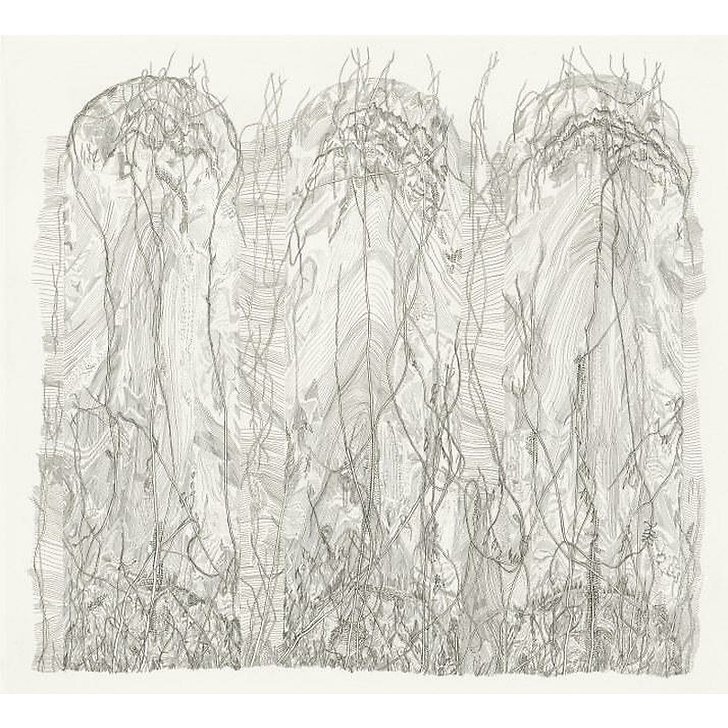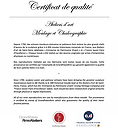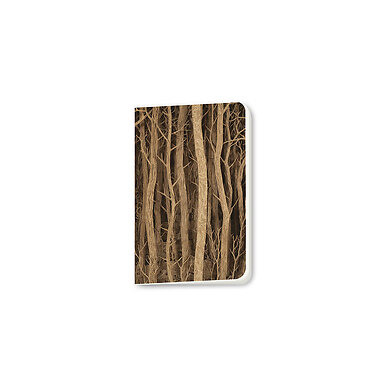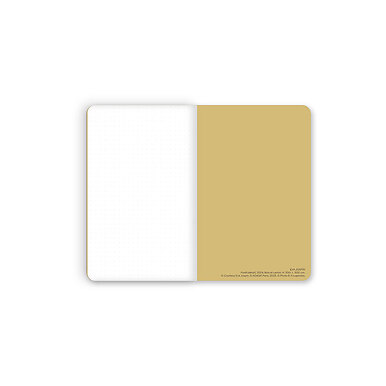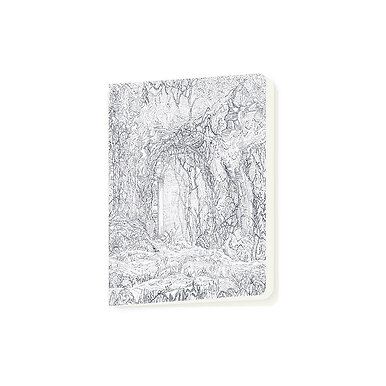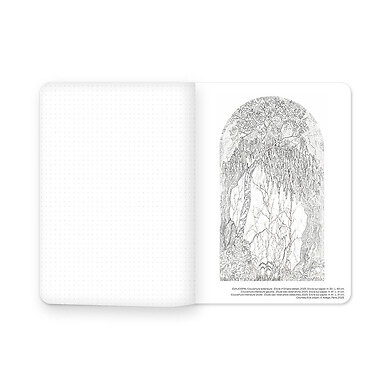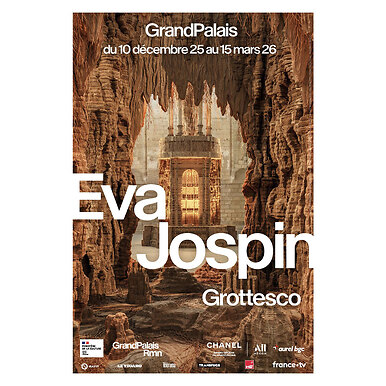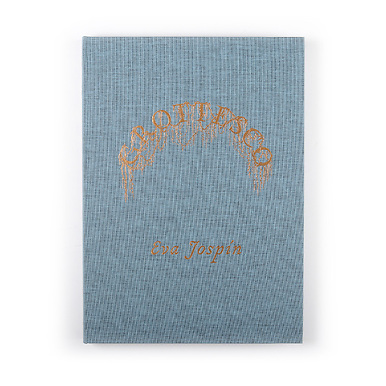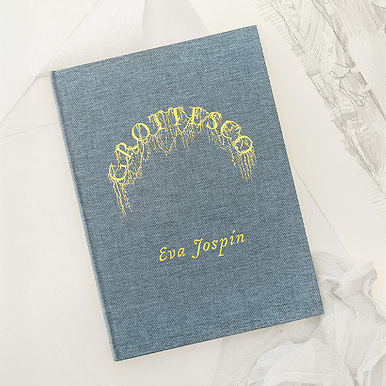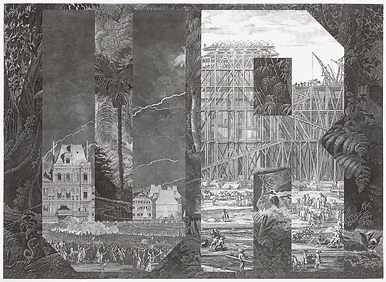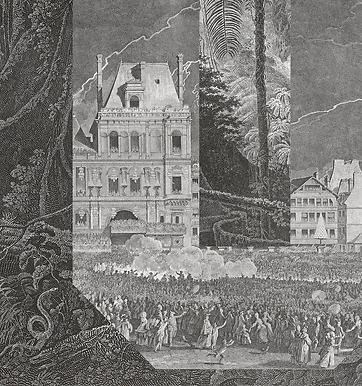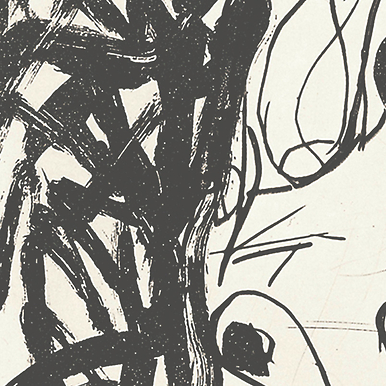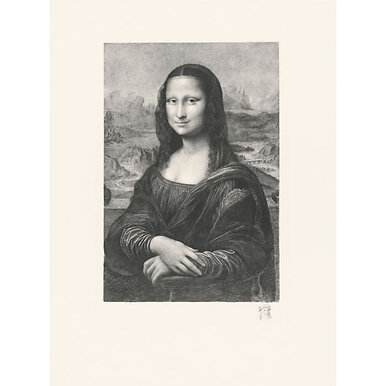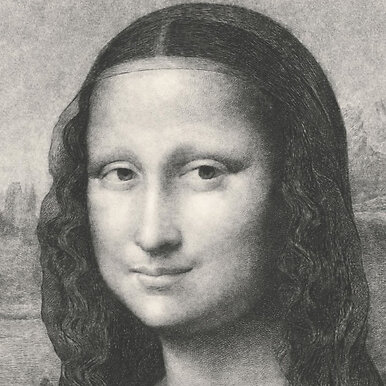Engraving Grotto - Eva Jospin
KM011484
In 2016, Eva Jospin exhibited Panorama in the square courtyard of the Louvre, an architectural work in which the artist "sculpts cardboard and declines her obsessive forests that are perspectives without vanishing lines, landscapes of the imagination." The Musée du Louvre then commissioned the artist...
Read more
In 2016, Eva Jospin exhibited Panorama in the square courtyard of the Louvre, an architectural work in which the artist "sculpts cardboard and declines her obsessive forests that are perspectives without vanishing lines, landscapes of the imagination." The Musée du Louvre then commissioned the artist to create an engraving to be included in the vast collection of copper plates from the Chalcographie, through which contemporary art regularly enters the Musée du Louvre.
Eva Jospin's work combines scenography and trompe l'oeil with sculpture. Her monumental works constantly revisit the forest, the grotto and the garden as spaces for strolling and classical reverie. Myths and fairy tales are conspicuous by their absence: the artist creates the backdrop for a characterless story, where visitors project their imagination. The cutter is her pencil, cardboard her material of choice: they allow her to multiply details, building poetic places stratum by stratum. Grotto is his first print. The accumulation of material is replaced by acid digging. Yet the similarity is clear: the same profusion of detail, the same finesse, create an organic, dreamlike world. The grotto motif appeared in his work during his stay at the Villa Medici, and gave rise to an installation in the courtyard of the Louvre in 2017.
Etching on Copper
Close
Login to see prices
Sold by GrandPalaisRmn

